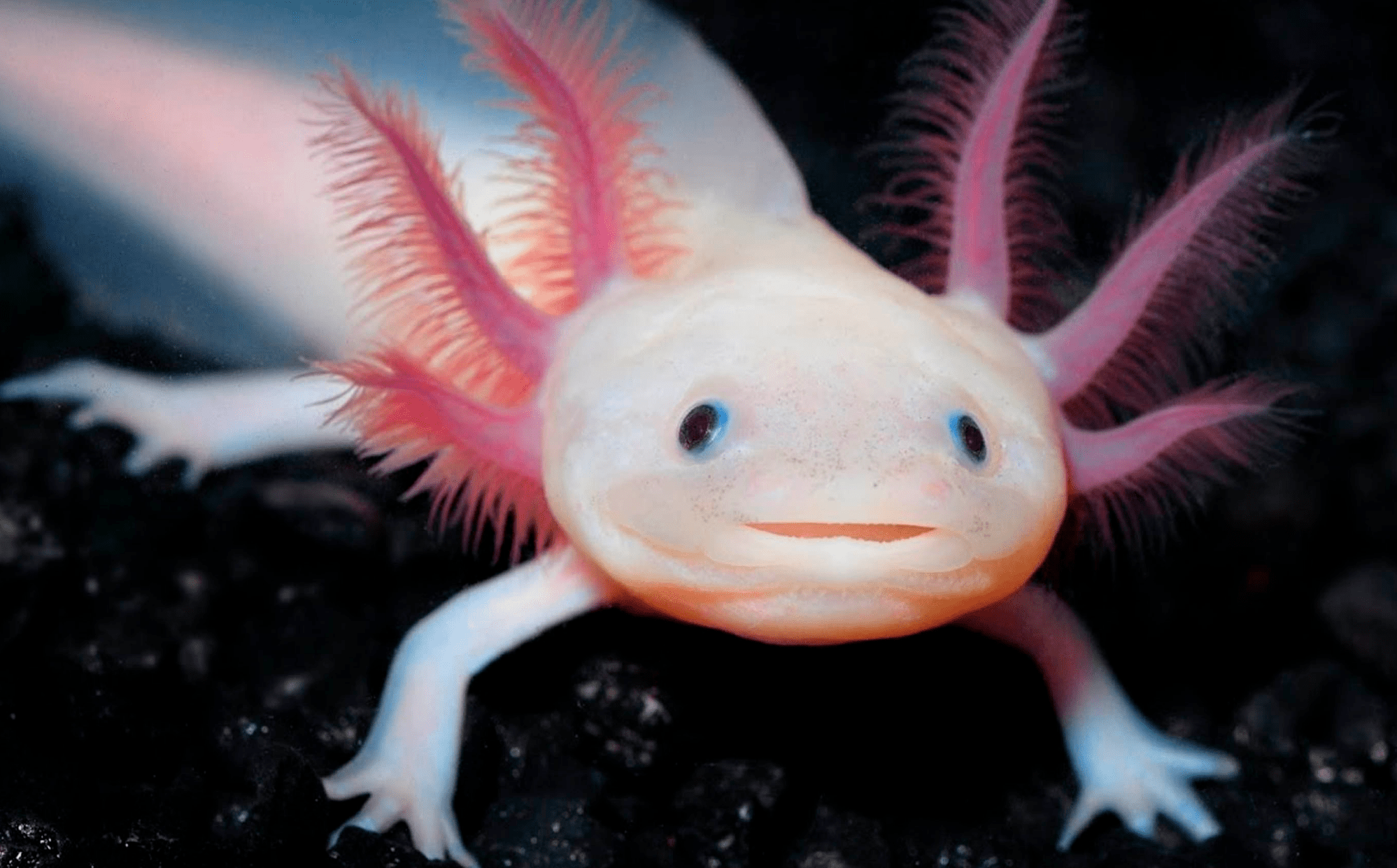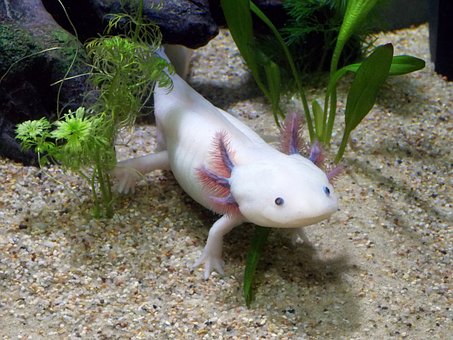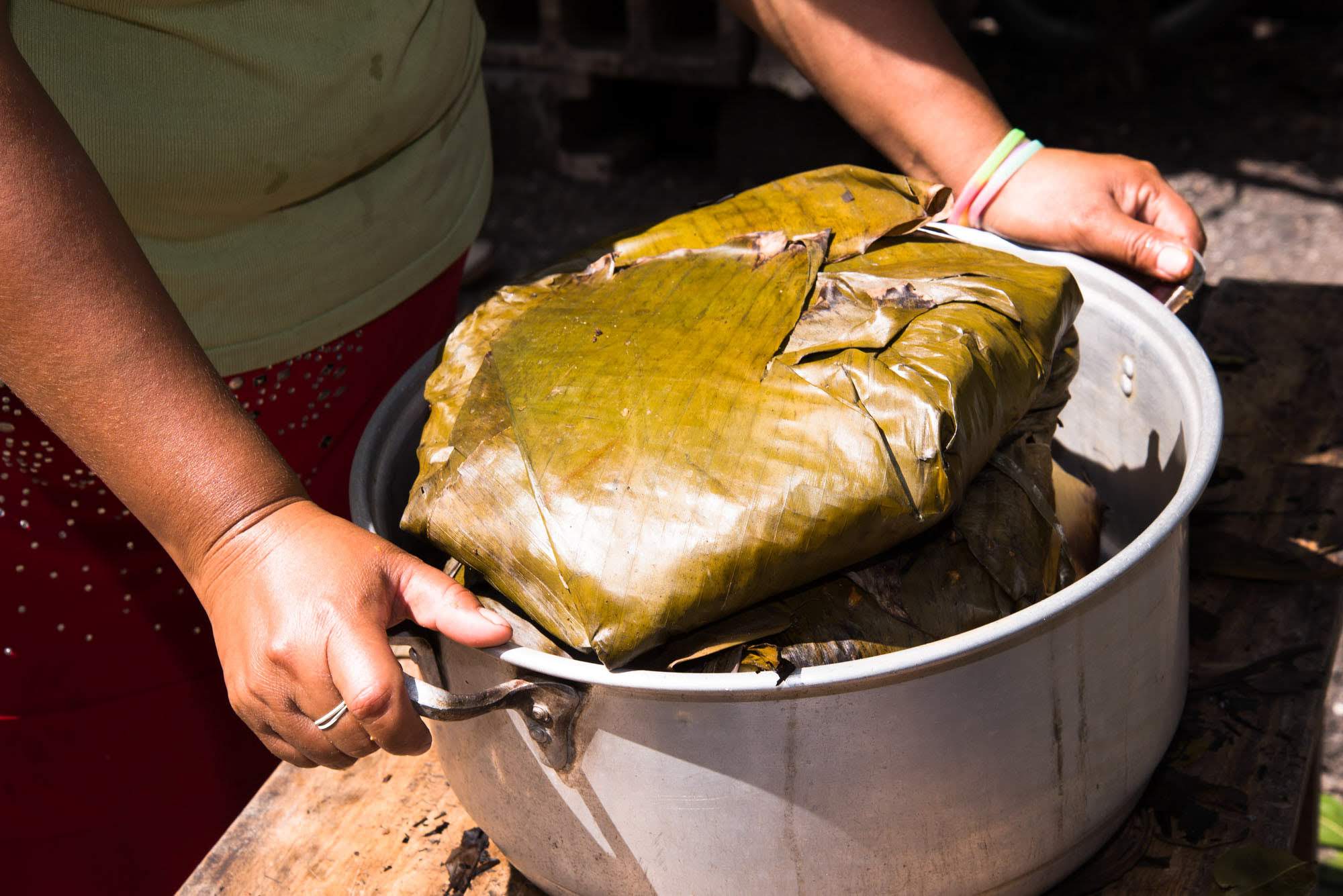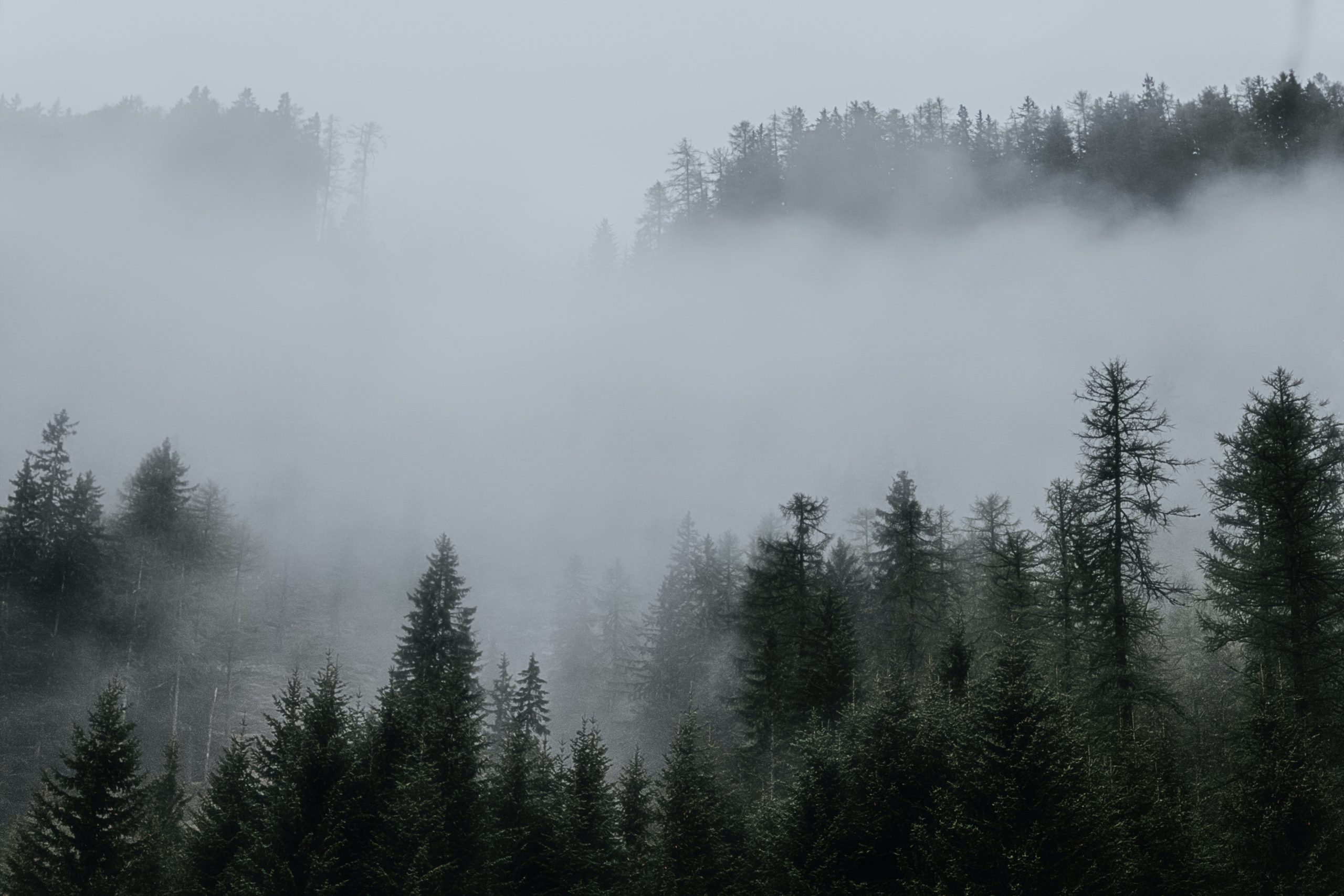À propos des salamandres et des abeilles vivant à Xochimilco




Fait sur mesure pour vous.
Xochimilco est situé au sud-est de Mexico, et depuis l’Antiquité, il est le foyer de 14 peuples autochtones responsables de la préservation des caractéristiques de leur culture indigène traditionnelle. Ces femmes et ces hommes honorent le nom nahuatl de cette municipalité, qui se traduit en espagnol par « terre de fleurs ». Ici, la nature émerge parmi les chinampas. Bien qu’il soit situé dans l’une des plus grandes villes du monde, un salamandre endémique capable de régénérer ses parties du corps, appelé ajolote, vit à Xochimilco.
À Xochimilco, la culture est vivante, si vivante que toutes sortes de rites préhispaniques y sont célébrés, tels que le Jour des Morts ou la célébration annuelle de la Fleurs la Plus Belle de l’Ejido.
Connaissez-vous déjà Xochimilco ?
Nous vous y emmenons
À propos des chinampas, nous pouvons dire qu’il s’agit d’une sorte de radeaux où l’on cultive des fleurs et des légumes à la surface du lac. Pour les visiter, il faut faire un trajet d’environ 184 km sur une trajinera qui navigue à travers les canaux du lac. Ces parcelles aquatiques sont si uniques que l’UNESCO les a déclarées en 1987 site du Patrimoine Mondial de la Culture.
Ici, à chaque recoin, il y a une fleur différente, et bien qu’elles ne soient parfois pas si visibles, un animal se cache au milieu de la verdure. Parmi les espèces les plus remarquables se trouvent la tilapia, la mojarra d'eau douce, et bien sûr, les ajolotes. D’autre part, on compte plus de 100 types d’oiseaux, dont certains migrateurs. Mais allons-y par étapes -
Les abeilles à Xochimilco
À Xochimilco, il existe une chinampa avec un rucher. Cette expérience, proposée par Rutopía, peut être vécue grâce à une visite spéciale en trajinera, conçue pour découvrir l’univers de cet insecte fascinant. Pendant la traversée des eaux de Xochimilco, on explique l’importance des abeilles pour la pollinisation des fleurs.
D’autre part, pour ceux qui désirent approfondir, des experts proposent un atelier permettant de voir de près une ruche et de déguster quatre types de miel.
Réservez votre voyage avec Rutopía

Découvrez les animaux les plus importants de Xochimilco
Vivez et profitez de l’expérience Rutopía
Les salamandres de Xochimilco
Les ajolotes (ou axolotls) sont une espèce de salamandres endémiques de Mexico. C’est-à-dire une espèce qui vit exclusivement dans la Vallée de Mexico. Son nom signifie « monstre aquatique » en nahuatl. Ce petit animal est en danger critique d’extinction à cause de la pollution des canaux de Xochimilco.
Heureusement, le Mexique dispose de plusieurs programmes pour conserver cet animal et son habitat. Une des mesures de conservation est d’encourager l’écotourisme. Pour contribuer à ces initiatives importantes, Rutopía propose une petite excursion au sein de la Zone Nationale Protégée Ejidos de Xochimilco dans la chinampa de démonstration Apantle. C’est un refuge pour la salamandre qui cherche à éviter la contamination de l’eau et qui promeut la conservation des arbres.

***
Les canaux de Xochimilco gardent toujours un air typique des villes magiques du Mexique. La conservation animale n’est qu’une partie de ce que cette destination touristique a à offrir.
voyage






